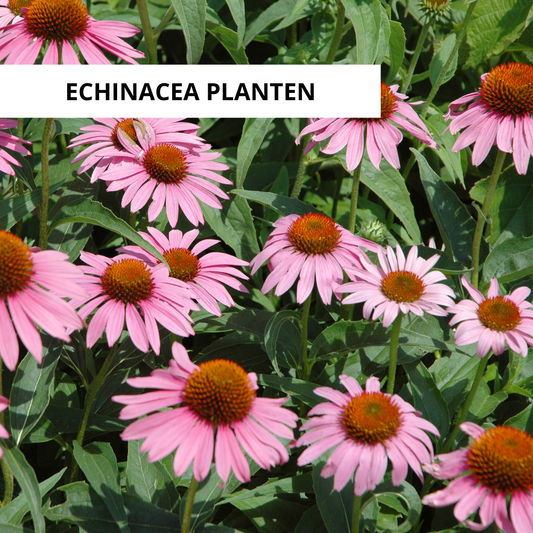
When to Plant Celeriac?
Share
When to plant celeriac? Everything you need to know
Celeriac, also known as celeriac, is a tasty and versatile vegetable that's perfect for winter stews, soups, and casseroles. But when is the right time to plant celeriac? And what should you pay attention to regarding location, soil, and care? In this blog post, we'll patiently explain it step by step, ideal for novice gardeners looking to develop their first green fingers.
The ideal time to plant celeriac
In open ground
Celeriac is best planted in the open ground from mid-May, as soon as the risk of night frost has completely passed. In Belgium, this usually means after the Ice Saints, so aim for a dry or slightly cloudy spring day. The soil temperature should be at least 10°C. If you're gardening in wet clay soil, choose a day when it doesn't rain to prevent soil compaction.
Celeriac grows slowly: from planting to harvesting, it can easily take five months. So start early if you want to harvest fresh celeriac from your own garden in October. Good timing ensures the celeriac develops enough thickness for autumn.
In a greenhouse or under glass
Want to start earlier? You can sow celeriac starting in mid-February in a greenhouse or heated propagator. Use potting soil that's airy and moisture-retaining, such as that from our potting soil and accessories collection . Ensure there's plenty of light between February and April, as dark spots lead to weak, spindly plants.
Prick out the young plants as soon as they get their first true leaves, and let them harden off starting in April before finally planting them outside at the end of May. This way, you can extend the growing season and enjoy a stronger harvest.
The right location and soil for success
Sunny and breathable
Celeriac needs plenty of sun. Therefore, give the plants an open spot in your garden or greenhouse where they'll get at least six hours of sun per day. Avoid areas where you planted parsley, parsnips, or celery last year, as these can spread diseases like septoria.
The ideal soil is slightly moist, fertile, and airy. It's best to mix some perlite or coconut husk into the soil to provide good structure. This helps retain water without drowning the roots, which is crucial for tuber formation.
Keeping distance is important
Give each plant enough room to grow; plant them at least 35 cm apart. Celeriac planted too close together will become tangled underground and form small or almost no tubers. Plant in rows with plenty of space between them to allow the plants to breathe properly.
Care: no rocket science, but some love is required
Watering and fertilizing
Celeriac needs constant moisture, especially during dry summers. Water in the morning or later in the day so it doesn't evaporate immediately in the sun. Preferably use rainwater to prevent limescale buildup. Combine this with regular fertilization. Compost or liquid plant food yields the best results, especially during the tuber formation period in July and August.
In spring, add compost to the soil or choose a rich organic fertilizer. Also consider adding worm castings to the soil mix for a natural boost. This will prevent sluggish growth or stunted development due to deficiencies.
Beware of unwanted visitors
Be alert for fungus gnats and aphids. They can strike quickly, especially when placing greenhouse plants outdoors. Use sticky traps for prevention if necessary. Fortunately, a healthy plant in airy, nutrient-rich soil is often strong enough to withstand these attacks.
When to harvest?
Harvest celeriac between October and November, depending on the planting date. It's best to wait until the bulb reaches a good diameter of 8 to 12 cm. Be careful not to wait too long to harvest, as frost can damage the bulbs.
Use a pitchfork to gently lift the tubers from the ground. Cut off the foliage and store the tubers in a cool, frost-free place. They will keep for weeks in a cellar or cool garage.
A nice houseplant as an alternative for the winter?
Missing your garden vegetables this winter? Get your green hands on with one of our easy-to-grow houseplants . Consider our sturdy ZZ plant or tropical beauties like Ficus Lyrata or Alocasia Zebrina . They'll bring you green happiness, even when the garden is taking a break.
In summary
Planting celeriac requires a bit of patience, but yields delicious results. Start indoors in February, plant out after the Ice Saints, and provide warmth, water, and space. Work on a dry day for airy soil and don't be afraid to feed a little in between. This way, you'll reward yourself in the fall with hearty, flavorful winter food straight from your own garden.
Looking for more planting inspiration? Also check out our blog: When to plant potatoes or find out when to plant pumpkins .


